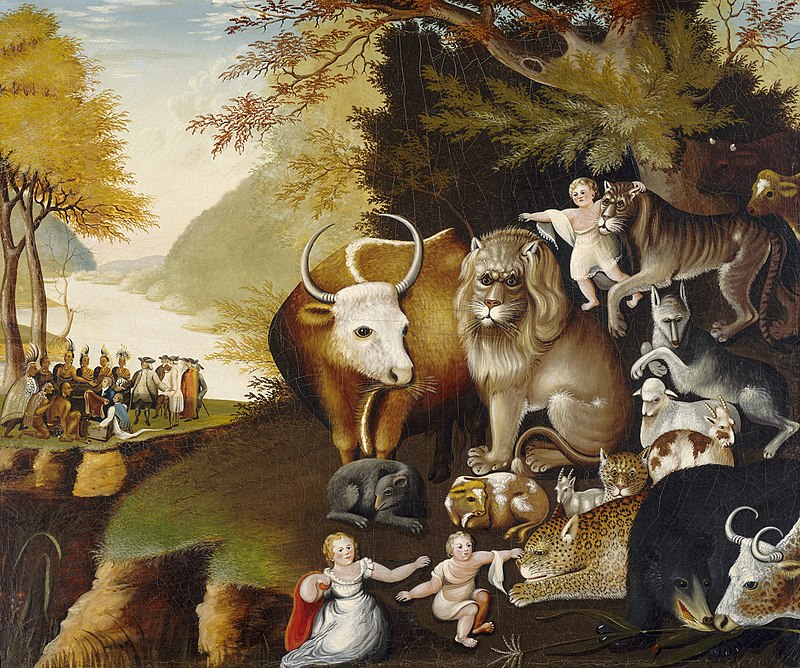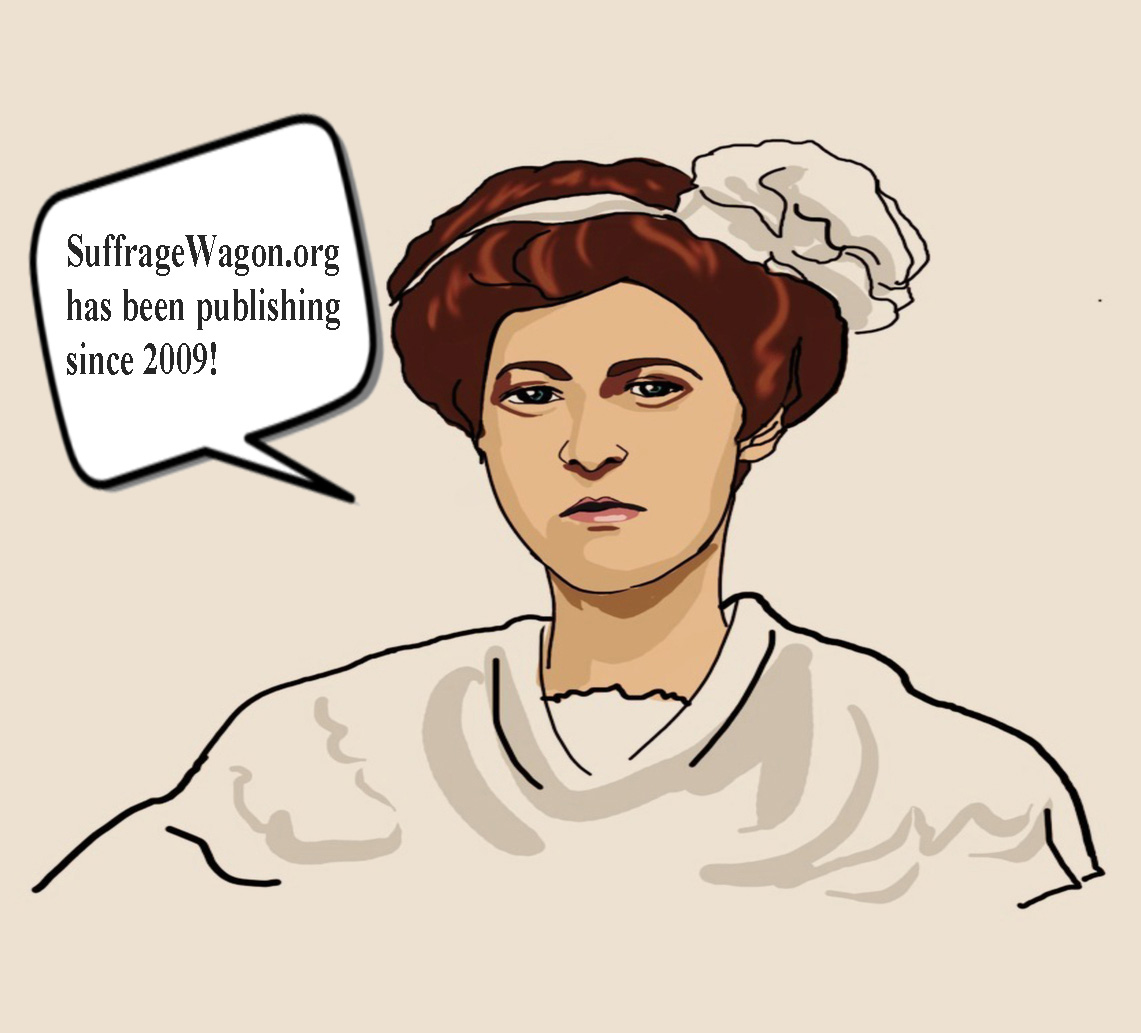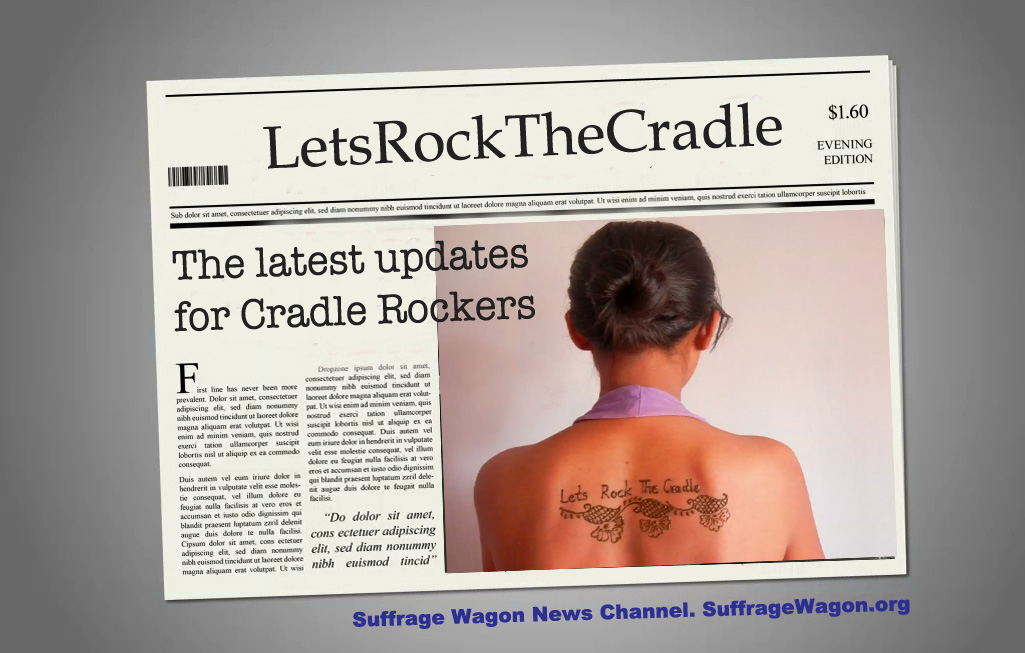by Marguerite Kearns
One question raised when I speak about my grandmother Edna Buckman Kearns is: “But I thought Quakers didn’t take kindly to art. So was this a problem with Edna?”
You bet, especially since she was in the front lines when this attitude was changing among Quakers.
IT WASN’T EASY FOR A WOMAN ONCE TO TAKE UP THE PROFESSION OF ART
First, she had to make the point with family members and friends that artistic expression was consistent with Quaker faith and practice.
There was precedent for this. Edward Hicks (1780-1849) was a Quaker and folk painter from Bucks County, Pennsylvania. A Quaker minister, as well as sign painter until shifting to oil painting full time, Hicks was well known for his spiritually-inspired subject matter. The oil painting shown here is one of many variations Edward Hicks painted in his “Peaceable Kingdom” series (1826, from the National Gallery of Art in Washington, DC).
QUAKERS WEREN’T ALWAYS SUPPORTIVE OF ART AS A CAREER
Art as a career for Quakers was considered inappropriate by many during this era. Many Quakers believed art to be a distraction from a focus on an inner relationship with the divine.
Many women during this era studied art, even though it was a rigorous pursuit of study. Women working from nude models was a controversial practice. And even then, women often had difficulty being accepted in the profession. Even today, Georgia O’Keeffe is an example of how unusual it is for an art museum to specialize in the work of a woman’s artist.


